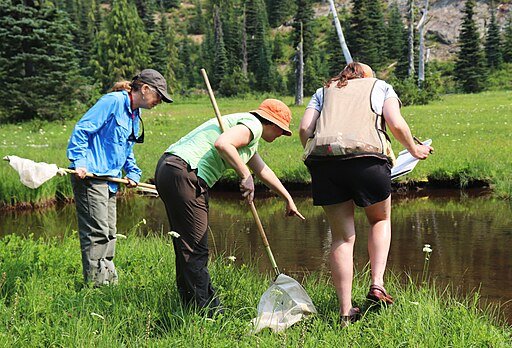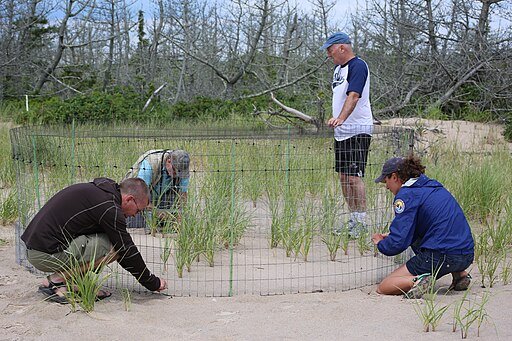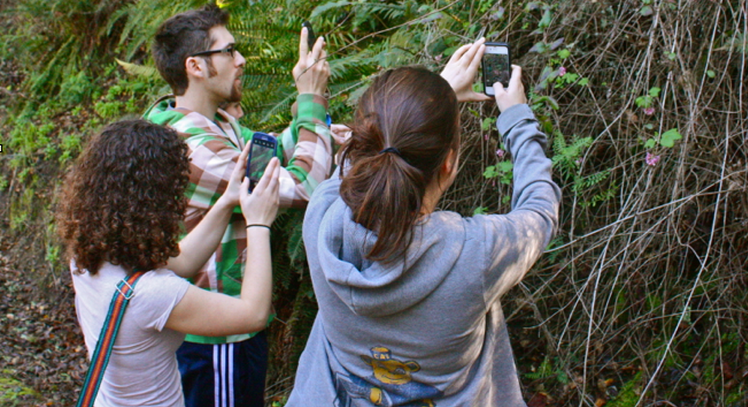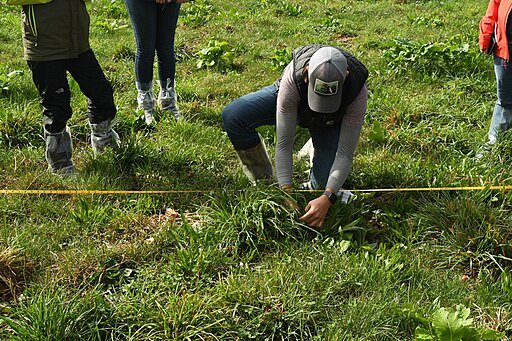Citizen science has become an innovative force that bridges the gap between professional scientists and the general public. By enabling non-professionals to actively participate in collecting data and observing wildlife, citizen science projects contribute significantly to scientific research and conservation efforts. This article delves into how citizen science plays a pivotal role in wildlife discoveries, highlighting its impact on science, conservation, and education.
What is Citizen Science?

Citizen science refers to the practice of public participation and collaboration in scientific research. Individuals volunteer their time, resources, and skills to gather and analyze data for various scientific projects. This democratization of science not only enriches the scope of research but also fosters a greater understanding and appreciation of science among participants.
The Rise of Citizen Science in Wildlife Research

With the advent of digital technology and social media, citizen science has gained traction and has become a vital tool in wildlife research. Numerous platforms and mobile apps have been developed, allowing enthusiasts to play an active role in documenting wildlife, tracking species, and reporting findings to databases accessible by scientists worldwide.
Engaging the Public in Wildlife Monitoring

Citizen science offers public engagement in wildlife monitoring, which enhances data collection efforts and enriches datasets with diverse geographical and temporal coverage. Projects often involve tracking animal movements, identifying species, and recording environmental changes, thus creating a vital repository of information for scientific study.
Case Studies: Successful Citizen Science Projects in Wildlife

Several successful citizen science projects have emerged over the years. Great Backyard Bird Count, eBird, and iNaturalist are notable examples where citizens have contributed to tracking bird populations and biodiversity. Each project showcases how coordinated public involvement can yield remarkable insights into wildlife trends and behaviors.
Contribution to New Wildlife Discoveries

Citizen scientists have been instrumental in discovering new species and documenting rare sightings. Often, new species are identified through photos and data uploaded by ordinary people during field excursions. This collaborative approach accelerates the identification process and enriches scientific understanding.
Enhancing Conservation Efforts

Citizen science plays a crucial role in enhancing conservation efforts by providing real-time data that can influence policy decisions and conservation strategies. The large volumes of data on species distribution and abundance help conservators devise targeted measures to protect endangered species and critical habitats.
Promoting Environmental Education and Awareness

Participating in citizen science projects raises environmental awareness and provides educational opportunities. People become more informed about local ecosystems, biodiversity, and conservation challenges. This awareness inspires action and advocacy, contributing to a more conservation-minded society.
Challenges and Limitations

Despite its benefits, citizen science faces several challenges, including data accuracy, participant bias, and the need for sustained funding. Ensuring data quality is paramount, requiring adequate training and verification systems. Additionally, maintaining participant engagement over time can be challenging.
The Future of Citizen Science in Wildlife Research

With ongoing technological advancements, the future of citizen science in wildlife research looks promising. Innovations like AI-assisted species identification, GPS tracking, and enhanced data analytics will further empower citizen scientists and provide more robust support to scientific research.
Conclusion: The Collaborative Path Forward

Citizen science represents a collaborative path forward for wildlife discoveries. By engaging the public and harnessing their contributions, citizen science not only democratizes scientific research but also ensures that vital data for conservation is more comprehensive and available. As more people worldwide connect over shared environmental goals, the role of citizen science in wildlife discoveries will undoubtedly continue to grow and evolve, offering new opportunities for innovation and conservation.




